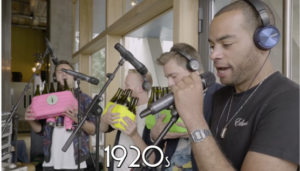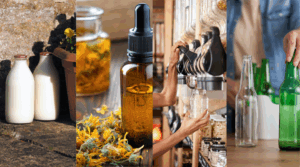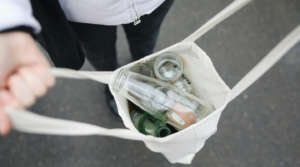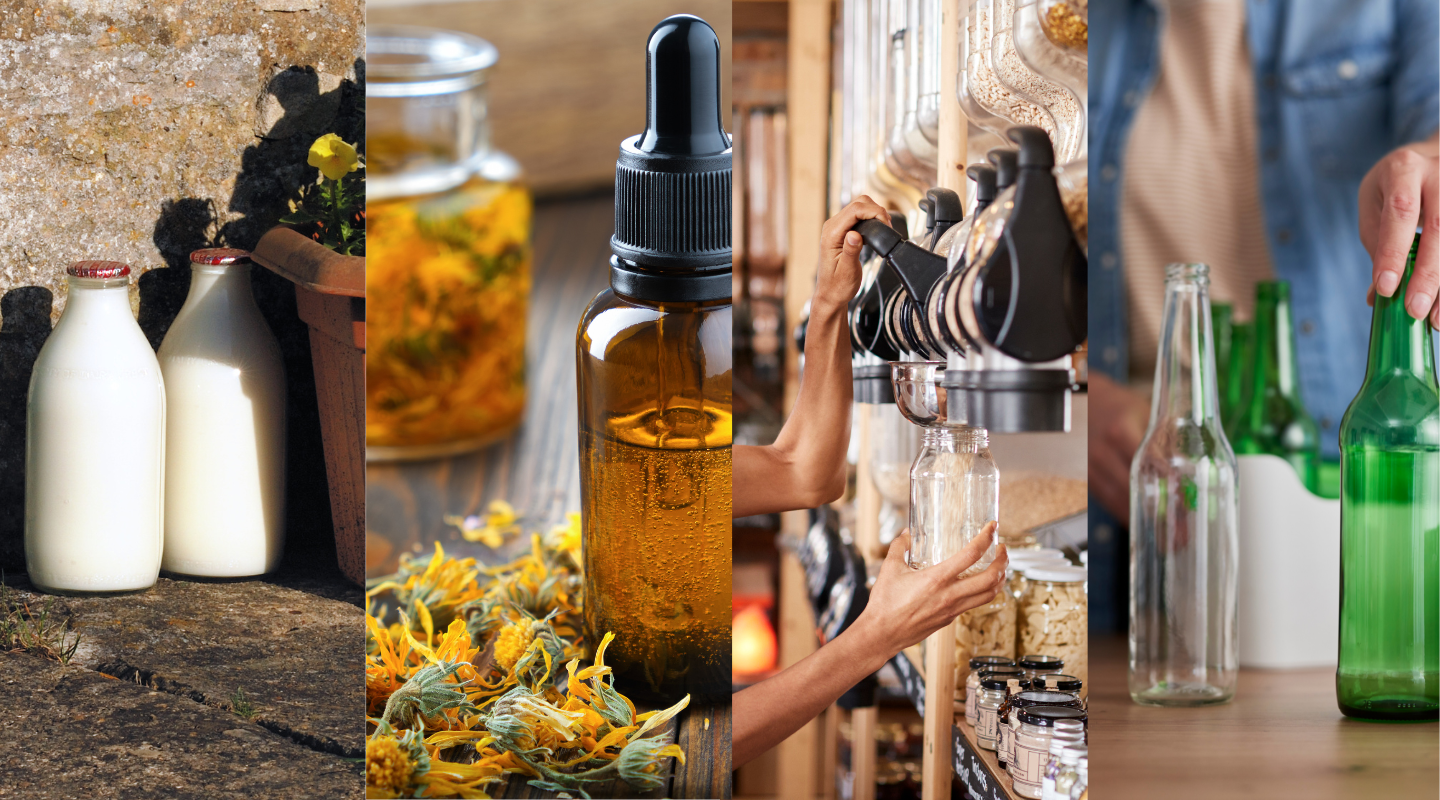Glass is one of the most sustainable packaging materials we have – it’s strong, endlessly recyclable, and made from natural ingredients. But when people talk about making glass ‘circular’, they often mix up the language.
Terms like reuse, repurpose, refill, and recycling get thrown around as if they mean the same thing. In reality, they describe very different journeys a glass container can take after its first use.
Here’s what each term really means, and why it matters.
Reuse: Same purpose, same shape
What it is: Putting a glass item back into use without changing its form or function. Think of returning a bottle to be washed and used again as… a bottle.
In action: A brewery collecting used beer bottles, washing them, and refilling them with the same product for resale. Or a milk round where glass bottles are picked up and reused repeatedly.
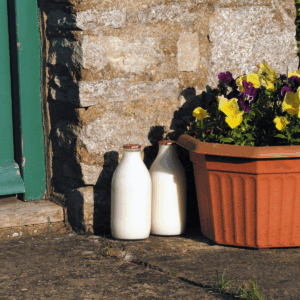
Why it matters: Reuse is one of the most efficient ways to reduce waste – it keeps the original glass container in use for longer, avoiding the energy and resources needed to make a new one each time. But it requires infrastructure: collection, cleaning, and redistribution. Reuse works best when glass packaging is standardised and used locally, making it easier to collect, wash and refill containers without transporting them long distances.
Repurpose: New use, same item
What it is: Giving a glass item a new function without changing its physical form.
In action: Using an old jar to store screws in the shed. Turning a wine bottle into a candle holder. Filling a finished pickle jar with overnight oats.
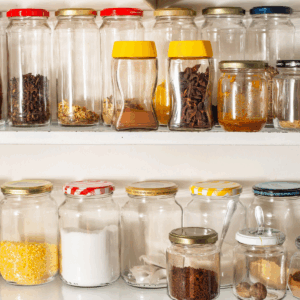
Why it matters: Repurposing keeps glass out of the waste stream and stretches its life, even if it doesn’t return to the commercial system. It’s low-effort and creative – but not scalable or trackable.
Don’t forget to pop it in the recycle bin – once it reaches the end of its repurposed life!
Refill: Same container, same contents (ish)
What it is: Replacing the contents of a container while keeping the original packaging intact – often done by the consumer or at a designated refill point.
In action: Buying shower gel in a glass bottle and refilling it from a bulk dispenser. Refilling your perfume bottle at home. Picking up vinegar at a zero-waste shop using your own glass container. Subscribing to a cleaning brand like Purdy & Figg and receiving refills for your glass bottle container.

Why it matters: Refill bridges the gap between reuse and convenience because it delivers waste reduction without requiring the full infrastructure or logistics of a reuse system – giving consumers a lower-effort way to reduce single-use packaging.
Recycle: Back to basics, then reborn
What it is: Breaking glass down into raw material (cullet) so it can be melted and reformed into new glass products.
In action: Tossing an empty sauce jar into your kerbside recycling. It’s crushed, cleaned, and melted to make new bottles, jars, or even insulation.
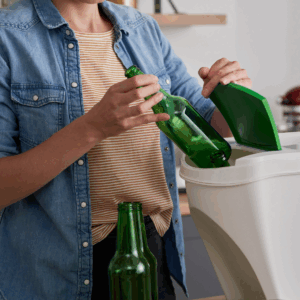
Why it matters: Glass is infinitely recyclable with no loss of quality – unlike many other materials. But it does take energy to transport, sort, and melt it. Closed-loop recycling (bottle to bottle) is the most efficient route, but only if it’s collected properly and not contaminated with other materials.
Why the distinction matters
If we want to build a truly circular economy for glass, we need to be clear about which path we’re taking – and what’s realistic.
- Reuse and refill are top-tier solutions but require system change: consistent packaging, collection logistics, and engaged consumers.
- Repurposing is a great personal habit, but it doesn’t scale or reduce the demand for new glass.
- Recycling remains the foundation of glass circularity – glass that isn’t reused or refilled must be recycled properly to stay in the loop.
Each option has its place. The challenge is choosing the right mix – not just what sounds good on a label, but what works in practice.
